I needed a dolly with the correct profile to planish out the dents in a crumpled 1930s Ariel motorcycle front mudguard. As there is no such thing obtainable, I made my own.
I had one point on this old moonscape guard with a reasonably intact original profile. Using a piece of cereal packet and a pencil stub I was able to create a template approximately a pencil radius shy of the inside profile – ignoring the center ridge.
I transferred this to 1″ x 1/4″ flat bar stock to make a backbone for the dolly.
With the welder in flux-core mode, a MAPP-GAS torch and my little welding table, I bent some 1-1/2″ x 3/16″ flat stock around this profile and secured it in place.
I’ve never found propane to be hot enough for anything but soldering. MAPP is much better and can quickly get the steel to a low red where it will deform at will.
I left the long end on for leverage and concentrated the heat at the specific point needing bending and worked my way around. Some hammering happened too.
Digging around on the net for specs on MAPP gas it seems that true MAPP gas has been out of production since 2008. The replacement is MAPP-Pro which the specs, at first glance, seem to say burns significantly colder. The old high MAPP temp is for an oxy torch, not for the basic atmospheric torch. Atmospheric performance is supposed to be about the same. I have actual MAPP gas, as I apparently haven’t needed a new cylinder in over 6 years, so I can’t really say if the new stuff will work as well or not. Apparently “effective BTU” is more important than temperature, and MAPP Pro is 10% better than propane and 15% less oomph than MAPP.
The completed dolly is not quite symmetrical, with slightly different curves on each side, so I picked the one I like and rotate it as needed. When the gueard is “right” it wedges in tightly above the valance seam. It really shows up how distorted the whole thing is. The center mount was pulled up 3/8″ and the front area is splayed out nearly 1″.
Here are some pics of the fabrication.
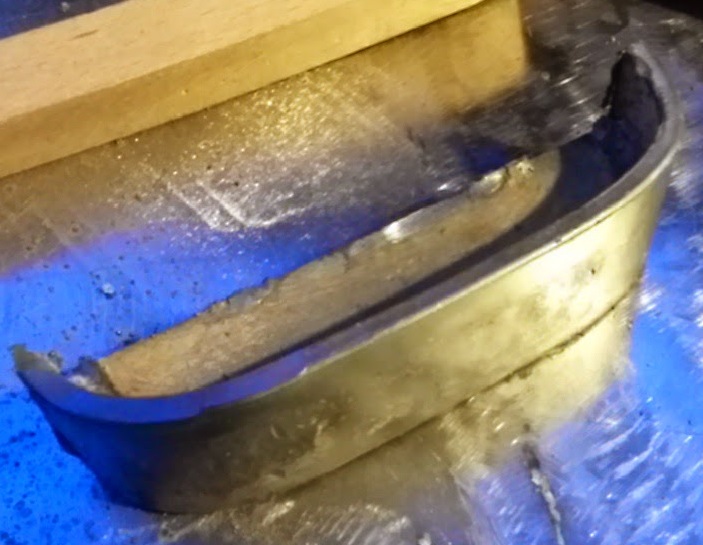
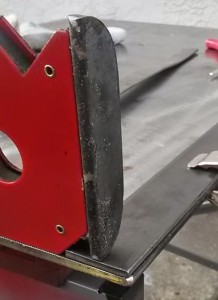
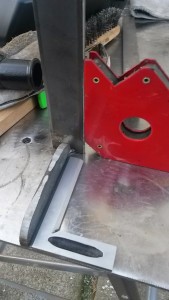
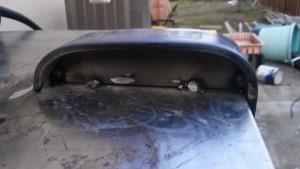
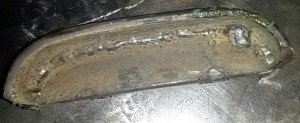
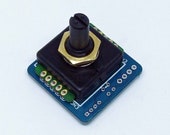

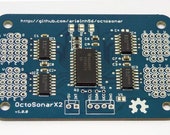
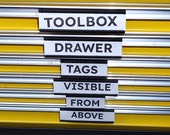

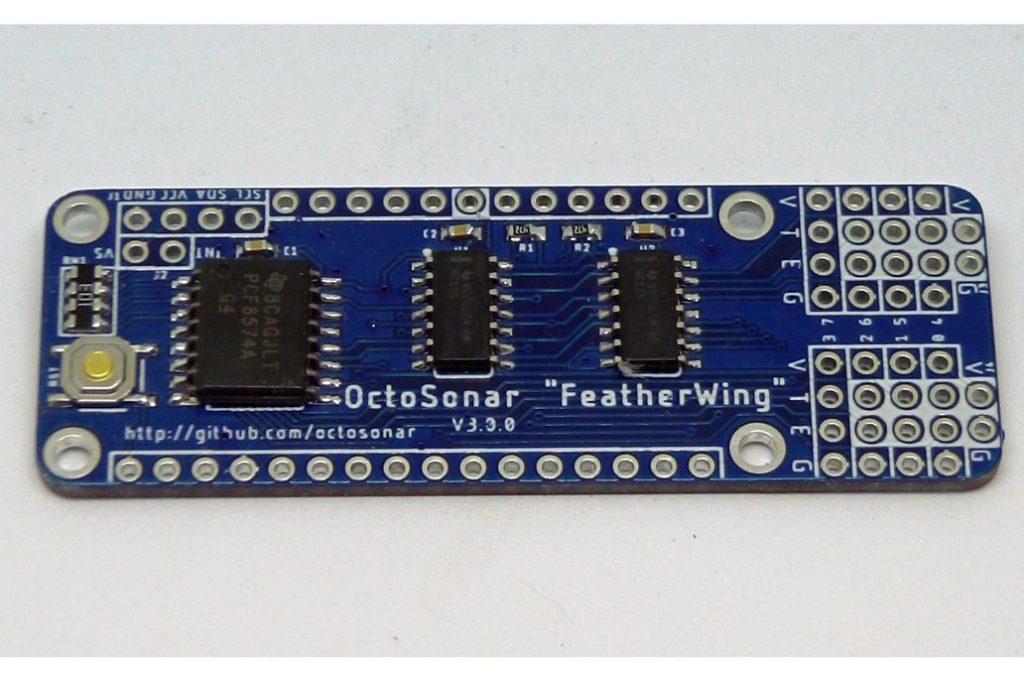
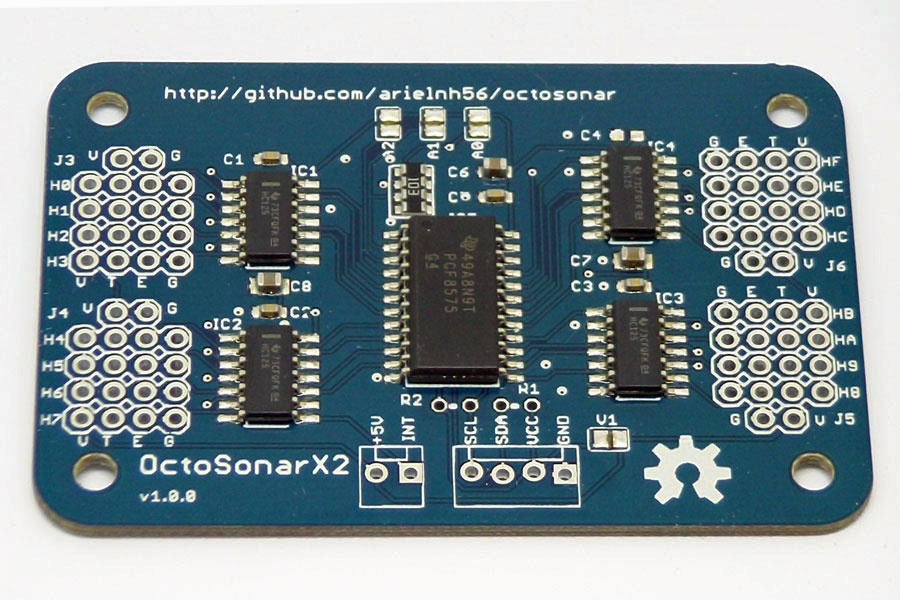
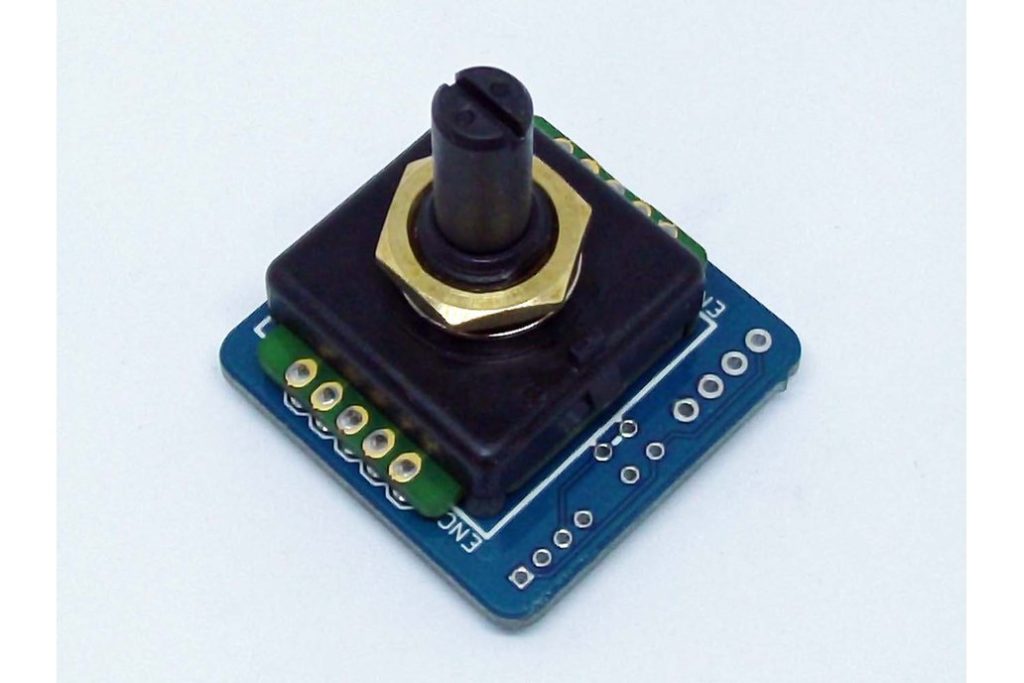
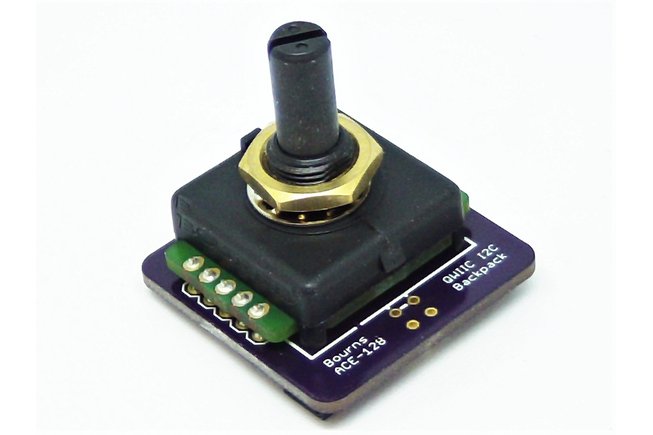
One Response
Planishing is the most important and fundamental techniques of custom sheet metal fabrication. Planishing is a technique for smoothing out small irregularities. The formed sheet metal is held between a smooth, flat, and relatively hard hammerhead and a hard dolly that matches the contour of the part. Great work. It is very helpful post.